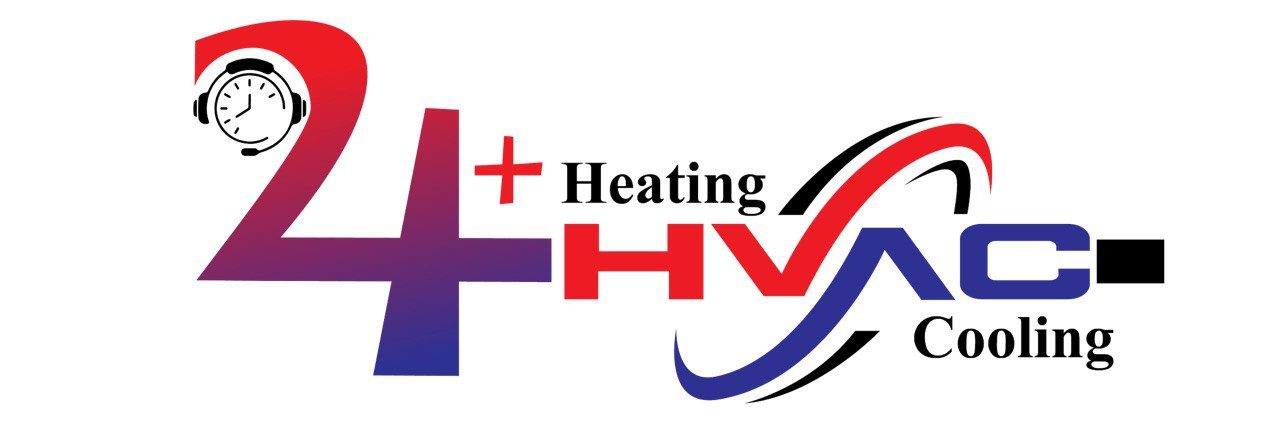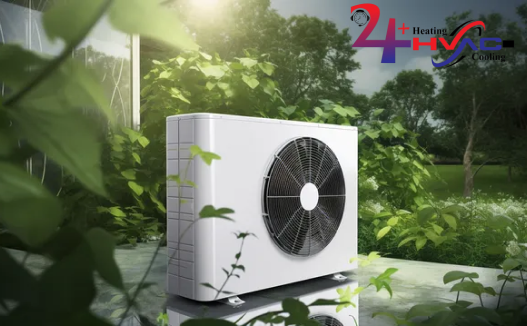Introduction
In a world increasingly focused on sustainability and energy efficiency, homeowners are looking for smarter ways to heat their homes. One of the most effective strategies is switching to green heating systems. These environmentally-friendly technologies not only reduce your carbon footprint, but also cut energy costs and increase your home’s efficiency. In this article, we will explore the many ways you can adopt green heating solutions and make a positive impact on both the planet and your utility bills. From understanding different types of eco-friendly heating systems to practical steps for upgrading your home, this guide will walk you through everything you need to know.
1. What Are Green Heating Systems?
Green heating systems are environmentally conscious alternatives to traditional heating methods. They use renewable energy sources and are designed to operate efficiently with minimal emissions.
Key features of green heating systems include:
- Use of sustainable or renewable energy (e.g., solar, geothermal, biomass)
- Low greenhouse gas emissions
- High energy efficiency ratings
- Integration with smart home technology
Common types of green heating systems:
- Heat pumps (air-source & ground-source)
- Solar thermal heating systems
- Biomass boilers and pellet stoves
- Radiant floor heating with renewable power sources
Each system type has its unique benefits depending on your location, home size, and budget.
2. Why Switch to Green Heating Systems?
Making the switch from fossil fuel-based heating to green systems offers both environmental and economic benefits.
Environmental Benefits:
- Reduce carbon dioxide and other harmful emissions
- Decrease reliance on fossil fuels
- Promote sustainability
Economic Advantages:
- Lower energy bills through efficient energy use
- Long-term savings on fuel costs
- Potential tax credits and government incentives
Switching to green heating isn’t just good for the planet; it makes financial sense too.
3. How Green Heating Systems Reduce Your Carbon Footprint
Heating your home typically accounts for a large portion of your energy use. Traditional systems that run on gas or oil emit large amounts of carbon dioxide.
With green systems, your emissions drop dramatically because:
- Renewable sources produce little to no carbon emissions.
- Systems like heat pumps use less energy to generate the same amount of heat.
- Smart thermostats optimize heating cycles, reducing unnecessary energy consumption.
Quick Tips:
- Pair your heating system with solar panels
- Schedule routine maintenance to ensure peak efficiency
4. Choosing the Right Green Heating System for Your Home
Choosing the best green heating system depends on your climate, budget, and home infrastructure.
Considerations include:
- Climate: Ground-source heat pumps work best in consistent climates.
- Home size: Larger homes may benefit more from biomass systems.
- Existing infrastructure: Some systems integrate better with ductless or radiant floor setups.
Recommendation: Consult professionals like those at 24 Plus HVAC to evaluate your home’s needs and recommend the most effective solution.
5. Heat Pumps: A Leading Green Heating Technology
Heat pumps are among the most popular green heating technologies today. They move heat instead of generating it, making them incredibly efficient.
Types of heat pumps:
- Air-source: Extracts heat from outdoor air
- Ground-source (geothermal): Extracts heat from the ground
Advantages:
- Up to 400% efficiency
- Works for both heating and cooling
- Low maintenance
For installation in Richmond, check out 24 Plus HVAC’s heating services.
6. Solar Heating Systems
Solar thermal systems use solar panels to absorb sunlight and heat water or air for use in your home.
Benefits:
- Significant reduction in utility bills
- Virtually zero carbon emissions
- Low operating costs
Ideal for:
- Sunny climates
- Homes with south-facing roofs
These systems can be paired with water heaters or radiant floor heating for maximum efficiency.
7. Biomass Heating Options
Biomass systems burn organic material like wood pellets or logs to produce heat.
Pros:
- Carbon-neutral when sourced sustainably
- Lower fuel costs
- Reliable even in colder climates
Considerations:
- Requires storage space for fuel
- Needs regular cleaning and maintenance
Biomass heating is a solid choice for rural homes or areas with access to wood fuel.
8. Integrating Smart Thermostats and Controls
Green heating gets even greener with smart technology. Smart thermostats help reduce energy use without sacrificing comfort.
Key features:
- Learning your schedule and preferences
- Remote access via smartphone apps
- Energy usage reports
Popular brands:
- Nest
- Ecobee
- Honeywell Home
Using smart controls maximizes your green heating system’s efficiency and cost savings.
9. Government Incentives and Rebates
To encourage the adoption of green heating systems, many governments offer financial incentives.
Examples of common incentives:
- Federal tax credits for heat pump installation
- Local rebates for solar thermal systems
- Low-interest loans for energy-efficient upgrades
Residents in Richmond can explore local programs and even get expert help from 24 Plus HVAC’s green heating solutions.
10. Green Heating Maintenance Tips
Proper maintenance is crucial for the long-term efficiency and performance of green heating systems.
Maintenance Checklist:
- Clean or replace air filters monthly
- Inspect ductwork for leaks
- Schedule professional tune-ups annually
- Check solar panels for debris or shading
Routine upkeep not only extends the life of your system but also ensures you get the most environmental and financial benefit.
Conclusion
Switching to green heating systems is one of the smartest steps you can take to reduce your carbon footprint and save on energy costs. From heat pumps to solar and biomass solutions, there are numerous ways to make your home more sustainable. Remember, the key to success lies in choosing the right system, installing it correctly, and maintaining it regularly. For expert advice and top-notch service in the Richmond area, trust 24 Plus HVAC to help you create a greener, cleaner, and more energy-efficient home. Contact them today to get started on your journey to sustainable living!

